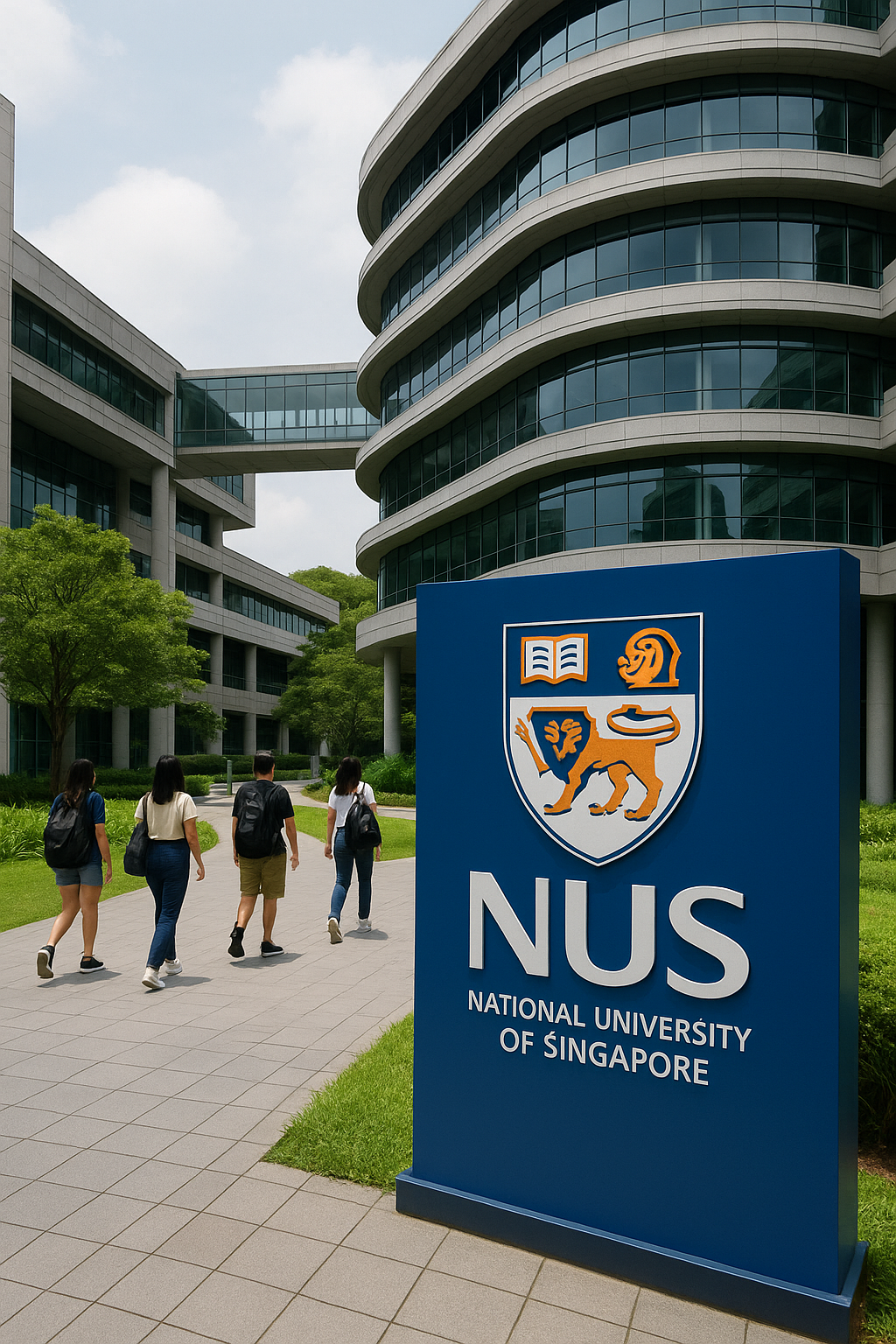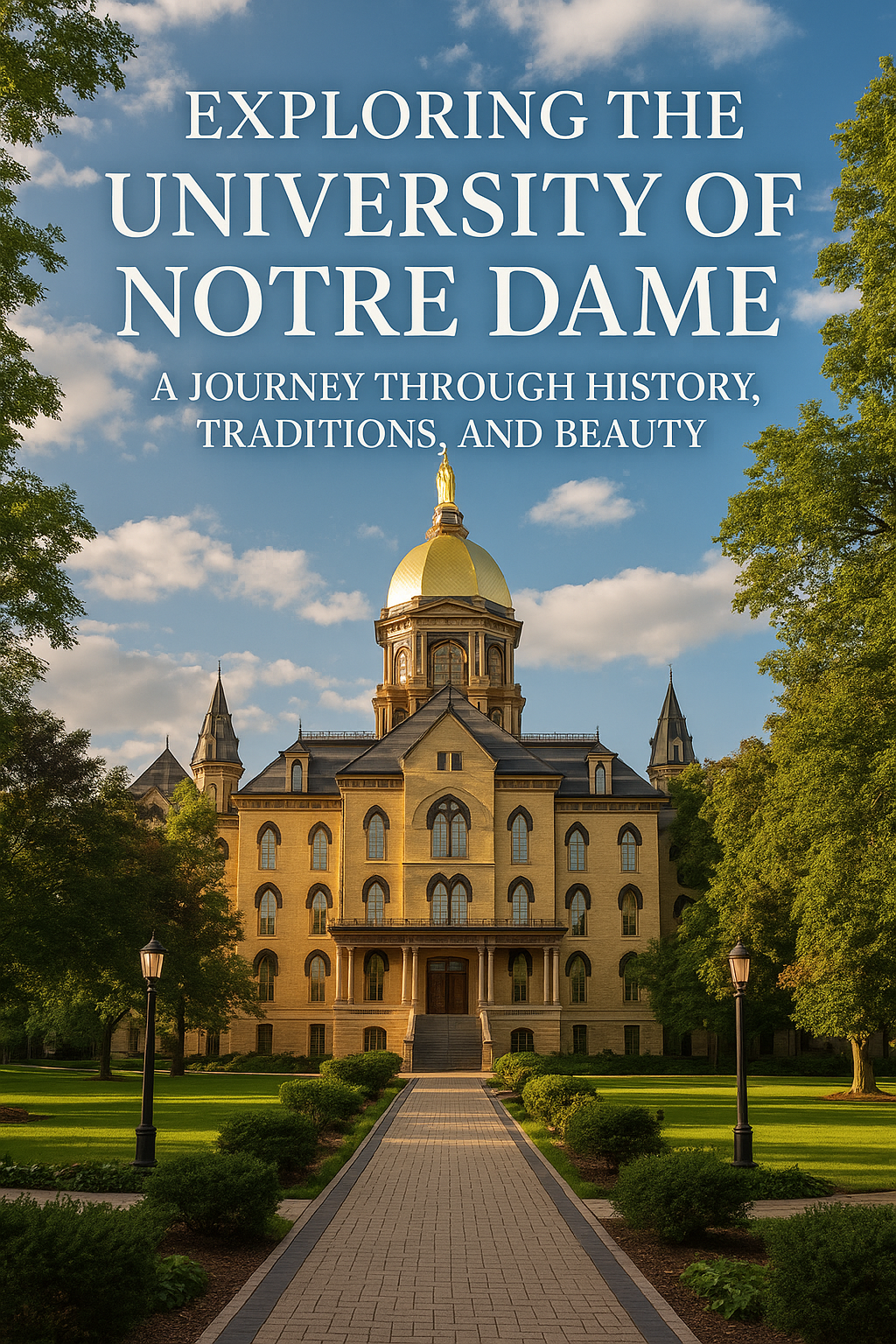Hi — I’m Hafu Go, and welcome to the first episode of Campus Crawl. I spent a day wandering MIT’s campus so you don’t have to, and I’m sharing everything that made me fall in love with the place: the Great Dome, quirky architecture, hands-on student projects, and that unmistakable tech-and-design vibe. If you’re deciding where to apply or just curious what life feels like at one of the world’s top technical universities, come crawl the campus with me.
At a glance: MIT’s vibe in one sentence
Concentrated IQ + limitless room to create = a campus where undergraduates actually build complicated, practical projects and where research isn’t just theoretical — it’s made visible everywhere.
Walkthrough: Key spots on campus
Killian Court and the Great Dome
Start at Killian Court. From here you get the classic MIT postcard: the Great Dome looming behind the Barker Engineering Library. The Dome is the university’s visual center — home to the engineering library and a hub for labs and events. It’s also where tourists and students gather, and where you can feel that mix of history and engineering pride.
“What you see behind me is actually the most recognized view of MIT, the Great Dome.”
Barker Engineering Library (the Dome Library)
Inside the Dome is the engineering library — quiet, focused, and full of students digging into projects. MIT’s culture of sharing knowledge is obvious here: you’ll see groups prepping for presentations, scribbling at whiteboards, and generally treating the library as an active workshop rather than a museum of books.
Stata Center: the “Magic Castle” of MIT
Then there’s Stata — I call it the Magic Castle. It’s home to computer science, AI, and information/decision systems labs. The building looks almost sculptural: yellow panels, curves, and a nontraditional layout that reflects the creativity inside. Stata is where a lot of cutting-edge research happens, and walking through feels like stepping into a place designed to challenge conventional thinking.
“Stata is basically like the magic castle of MIT.”
Lecture halls and seminar rooms
Not all classroom spaces are flashy. Many seminar rooms are simple: tables, whiteboards, and a projector. The uniform simplicity supports focused collaboration. The difference at MIT isn’t flashy classrooms — it’s what students do in them.
MIT Media Lab: where ideas become objects
The Media Lab is one of my favorite places on campus. It blends art and tech like a modern museum — part gallery, part maker space. Inside are 25 research groups running hundreds of projects: neuroscience and learning, electric vehicles, interactive design, you name it. The ground floor functions like a public exhibit, so everyone can see research being transformed into tangible prototypes.
“People create stuff here. They’re utilizing their knowledge and that’s what I love.”
Charles River bike path and the view
Whenever you need a breather from code and soldering, the Charles River is right there. You get open sky, water, and a view of the Boston skyline. It’s an easy place to decompress between labs — a reminder that campus is compact and well-situated.
McDermott Court and public art
MIT takes art seriously. McDermott Court features the Big Sail — La Grande Valle — a forty-foot sculpture imported from France and assembled in Cambridge. Scattered sculptures and installations across campus reflect MIT’s belief that art and design belong beside engineering to create better products and experiences.
Dorm life: East Campus vs West Campus
I chatted with a student who lived in East Campus and described it as the artsier, countercultural side of dorm life; West Campus is more of the classic college-dorm stereotype. East Campus felt chill and creative — perfect if you want dorm culture with a side of DIY and art projects.
Student projects and the hands-on culture
One of the standout themes across campus: undergraduates do serious, complex projects. End-of-term showcases and science fairs feature projects that go way beyond the basics — teams design, build, and iterate with professional-grade equipment. The message is clear: MIT gives students the tools and space to bring ambitious ideas to life.
“These undergraduate projects compared to other schools are a lot more complex and they go a lot in depth.”
Campus quirks and small moments
- MIT buildings are mostly numbered rather than named — there are dozens of them and each holds labs, classrooms, and offices.
- The campus is open, but it still feels like a tight-knit community of students, professors, and the occasional tourist.
- There are little human moments everywhere: a rabbit hopping across the quad, a pay-what-you-want campus coffee spot, guards who sometimes help you get in to special places.
- The campus is friendly to visitors — many labs and parts of the Media Lab are accessible to the public, making MIT feel like a living museum of invention.
Practical tips if you visit MIT
- Start at Killian Court for the Great Dome photo-op.
- Visit the Media Lab — the public exhibits are worth the trip.
- Walk along the Charles River for a scenic break and city views.
- Respect classroom and lab quiet zones — many areas are active research spaces.
- If you’re interested in dorm culture, see both East and West Campus vibes to decide what fits you.
Why MIT felt special to me
After walking the campus, talking to students, and seeing the labs, I realized MIT isn’t just academically elite: it’s intensely practical. Students don’t just learn concepts — they turn them into projects, prototypes, and products. Everywhere you look there’s evidence that MIT invests in student work: space, equipment, and a culture that rewards building.
“They can build anything they can think of.”
Final thoughts and what’s next
MIT left me inspired. It’s a place where curiosity meets resources, where art and engineering sit side-by-side, and where the energy of creation is contagious. If you enjoyed this tour, follow along — Campus Crawl is just getting started. Next up: I’ll be touring Harvard and sharing more inside looks at top universities.
Want to explore further? Check out campus exhibits, drop into public lab areas like the Media Lab, and talk to students — that’s how you’ll really get a feel for what life is like here.
See you on the next crawl. Peace.



